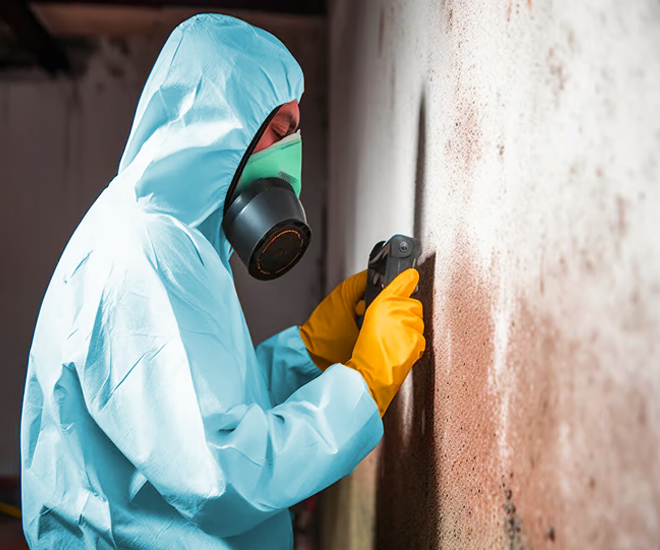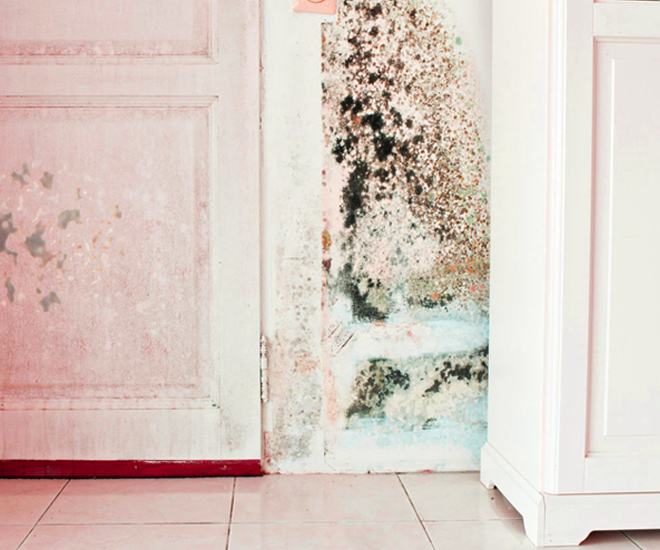Assistance on What to Do After Mold Remediation
Effective Message Mold Remediation Solutions for Your Home
Mold and mildew development in homes can be a consistent problem, frequently needing a systematic technique for efficient post-remediation remedies. From understanding the factors that contribute to mold and mildew advancement to applying proper cleansing techniques and moisture control procedures, the process can be detailed yet essential for preserving a healthy living atmosphere. Post Mold remediation cleaning.
Recognizing Mold Development Elements
The primary element adding to mold growth is moisture. Mold spores require wetness to sprout and grow, making wet or humid atmospheres extremely at risk to mold problems.

Additionally, air movement and light direct exposure can impact mold and mildew growth. Areas that do not have appropriate ventilation and natural light are much more vulnerable to mold advancement. By addressing these aspects thoroughly, people can effectively alleviate mold growth and secure their living atmospheres.
Appropriate Mold And Mildew Cleansing Methods
Using efficient cleansing approaches is vital in stopping the reoccurrence and dealing with of mold contamination in indoor environments. The initial step in proper mold cleaning is to consist of the affected area to protect against the spread of spores to uncontaminated areas.

Implementing Dampness Control Measures
To effectively avoid mold and mildew development and contamination in interior atmospheres, implementing moisture control steps is paramount. Dampness is the key aspect that gas mold and mildew development, making it important to take care of humidity levels within the home. One efficient measure is to utilize dehumidifiers to keep indoor moisture levels listed below 60%. Additionally, guaranteeing appropriate ventilation in areas prone to moisture accumulation, such as kitchen areas and bathrooms, can assist find this decrease the threat of mold development. Consistently checking and fixing any leakages in plumbing, roofs, or windows is likewise crucial in avoiding excess dampness buildup. Utilizing exhaust fans while food preparation or bathing, and enabling air flow by keeping furnishings a little far from wall surfaces can assist in wetness control. Furthermore, making use of moisture-resistant materials in high-humidity locations, such as mold-resistant drywall and paints, can be helpful. By vigilantly applying these moisture control actions, house owners can properly minimize the probability of mold recontamination and keep a healthy and balanced interior setting.
Using Natural Removal Solutions
After effectively implementing wetness control measures to stop mold development in interior environments, home owners can currently explore the effectiveness of natural remediation options in keeping a healthy home. Natural remediation options utilize eco-friendly methods to combat mold and mildew, making them a popular selection for those seeking non-toxic alternatives. One such option is using vinegar, a natural antimicrobial representative, to clean and disinfect surface areas infected by mold. Simply weaken vinegar with water and spray it onto the impacted locations, enabling it to rest for a couple of hours before wiping tidy. Furthermore, tea tree oil, known for its antifungal buildings, can be blended with water and splashed onto mold-infested surfaces to hinder further development. An additional all-natural option is hydrogen peroxide, which can successfully kill mold and mildew on numerous surface areas without leaving unsafe deposits behind. By integrating these natural remediation options right into their cleansing routines, homeowners can effectively combat mold and mildew development while advertising a healthier indoor environment for themselves and their households.

Keeping a Mold-Free Environment
Consistently examining areas susceptible to mold and mildew growth, such as bathrooms, kitchen areas, basements, and attic rooms, is important. Appropriate air flow in areas with high humidity degrees like it is also vital to protecting against mold growth.
Furthermore, maintaining cleanliness in the home is important for mold prevention. Maintaining indoor plants in check and making certain correct drainage in outdoor landscape design can decrease wetness build-up, minimizing the probability of mold problems.
Verdict
In verdict, it is necessary to deal with mold development variables, use correct cleansing methods, implement dampness control steps, make use of natural remediation remedies, and keep a mold-free atmosphere in try this order to efficiently take care of blog post mold removal in your home - testing air quality after mold remediation. By following these strategies, you can prevent mold and mildew from repeating and make sure a healthy and balanced living atmosphere for you and your family
The main element adding to mold and mildew growth is dampness. Mold spores require moisture to germinate and flourish, making damp or damp environments extremely susceptible to mold problems.To successfully prevent mold development and contamination in indoor environments, applying wetness control actions is critical. In addition, making sure proper ventilation in locations susceptible to moisture buildup, such as cooking areas and restrooms, can help reduce the danger of mold development.After effectively carrying out wetness control steps to stop mold development in interior atmospheres, house owners can currently discover the performance of all-natural removal services in keeping a healthy living space.